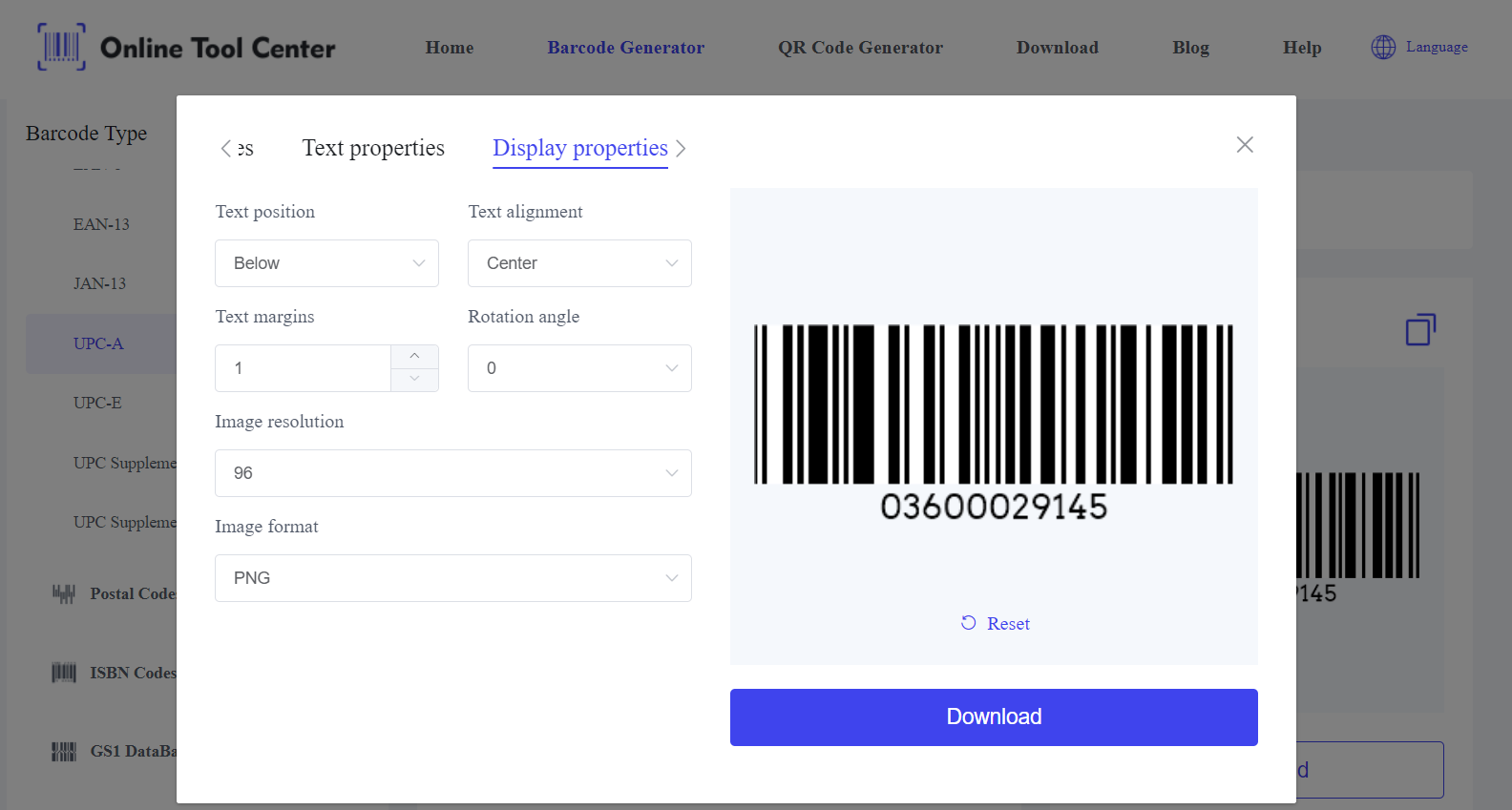In the world of modern business, barcode design plays a crucial role in inventory management, retail, and many other sectors. Creating barcodes has never been easier thanks to a barcode designer online. A well-designed barcode ensures smooth scanning, accurate data collection, and efficient operations.
This guide will explore the essential aspects of barcode design, provide barcode design samples, and highlight tools like barcode designers online.
Understanding the Basics of Barcode Design
Barcodes are used to store product information, track inventory, and streamline the checkout process. There are various types of barcodes, each suited to different applications. The two main categories are:
● Linear Barcodes: These include the ubiquitous UPC (Universal Product Code) and EAN (European Article Number) codes commonly seen in retail.
● 2D Barcodes: These include QR codes and Data Matrix codes, which can store more information than linear barcodes.
Key Elements of Barcode Design
Creating an effective barcode involves considering several key elements:
1. Symbology Selection: Choose the appropriate barcode symbology based on your application. For example, UPC codes are ideal for retail products, while QR codes are better for marketing campaigns.
2. Size and Dimensions: Ensure your barcode is the right size for the intended use. It should be large enough to be scanned easily but small enough to fit on the product packaging.
3. Contrast and Color: Use high contrast between the barcode and its background. Typically, black bars on a white background work best. Avoid using colors that do not provide sufficient contrast, as they can lead to scanning errors.
4. Quiet Zone: Include a quiet zone (blank space) around the barcode. This space is crucial for accurate scanning, as it helps the scanner distinguish the barcode from surrounding text or graphics.
5. Resolution: Ensure the barcode has sufficient resolution to be scanned accurately. Low-resolution barcodes may appear blurry and fail to scan correctly.
Common Barcode Design Mistakes to Avoid
Even with the best intentions, mistakes in barcode design can lead to scanning errors and operational inefficiencies. Here are some common pitfalls to avoid:
1. Poor Contrast: Using colors with insufficient contrast can make the barcode difficult to scan. Stick to high-contrast combinations like black and white.
2. Incorrect Size: Barcodes that are too small may not be scannable, while those that are too large can waste space and look unprofessional.
3. Lack of Quiet Zone: Omitting the quiet zone can lead to scanning issues, as the scanner may misinterpret surrounding elements as part of the barcode.
4. Low Resolution: Ensure the barcode is printed at a high resolution to maintain clarity and scannability.
Exploring Barcode Design Samples
Looking at barcode design samples can inspire and help you understand what works and what doesn't. Here are a few examples:
1. Retail Product Barcode: A standard UPC code printed on a product label with sufficient quiet zone and high contrast for easy scanning.
2. QR Code for Marketing: A QR code designed with a custom logo in the center, used for a marketing campaign. Ensure the logo does not interfere with the code's readability.
3. Inventory Management Barcode: A Data Matrix code used on warehouse shelves to track inventory. The small size and high data capacity make it ideal for this application.
By analyzing these samples, you can gain insights into effective barcode design and apply these principles to your projects.
Benefits of Using a Barcode Designer Online
Ease of Use: Barcode designer online typically have user-friendly interfaces that make the design process straightforward.
Customization: You can customize the barcode's size, color, and symbology to suit your specific needs.
Instant Preview: See a preview of your barcode as you design it, ensuring it meets your requirements before finalizing.
Accessibility: Access the tool from any device with an internet connection, allowing for flexibility and convenience.
Step-by-Step Guide to Designing Barcodes Online
Using an online barcode designer is easy. Here's a step-by-step guide to help you get started:
Step 1: Choose an Online Barcode Designer
Select a barcode designer online that offers a comprehensive solution for all your barcode design needs.
Step 2: Select the Barcode Type
Choose the type of barcode that suits your application. For instance, select a UPC code for retail products or a QR code for marketing campaigns.
Step 3: Enter the Data and Create
Input the data you want to encode in the barcode. This could be a product number, URL, or any other information relevant to your needs.
Step 4: Customize the Design
Adjust the barcode's size, color, and resolution. Ensure you maintain high contrast and include a quiet zone around the barcode.

Step 5: Download
Review your barcode to ensure it meets your requirements. Once satisfied, download the barcode in your preferred format (e.g., PNG, JPG, SVG).
In essence, effective barcode design is essential for ensuring smooth and efficient operations in various business applications.
By understanding the key elements of barcode design, avoiding common mistakes, and utilizing tools like barcode designers online, you can create barcodes that are both functional and aesthetically pleasing.
Take advantage of our barcode generator to streamline your barcode creation process. Visit our website today to start designing your barcodes and enhance your business operations.




